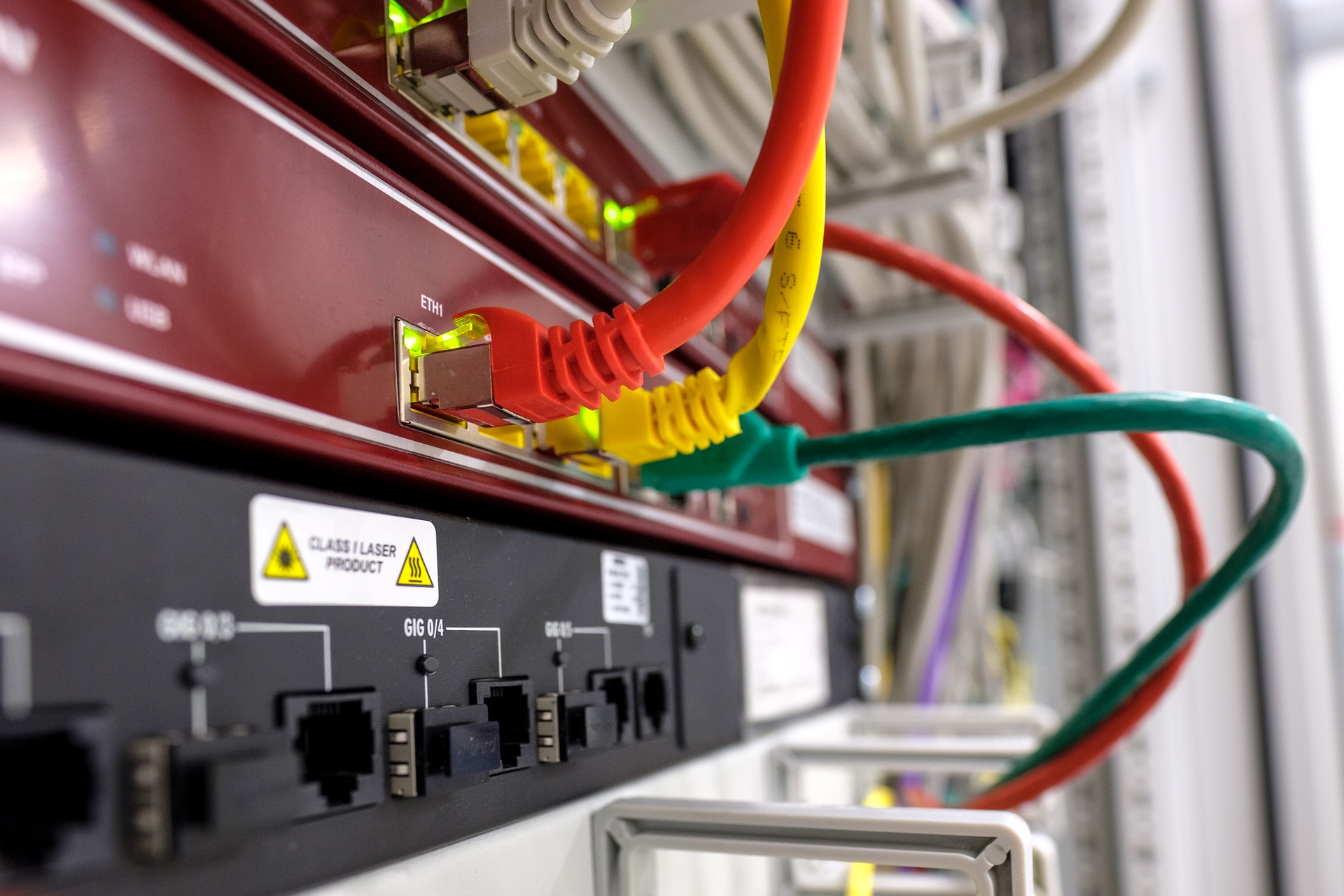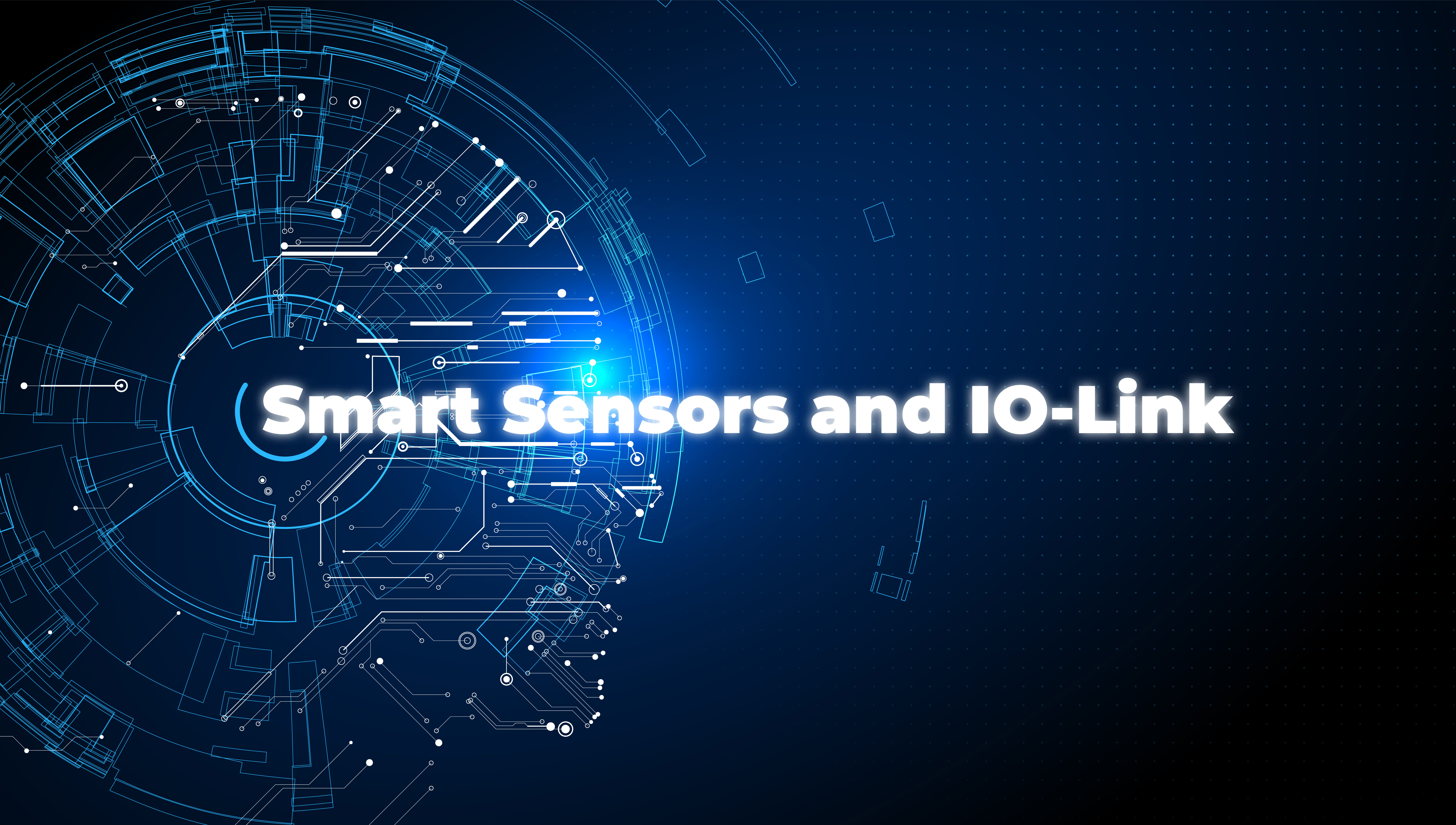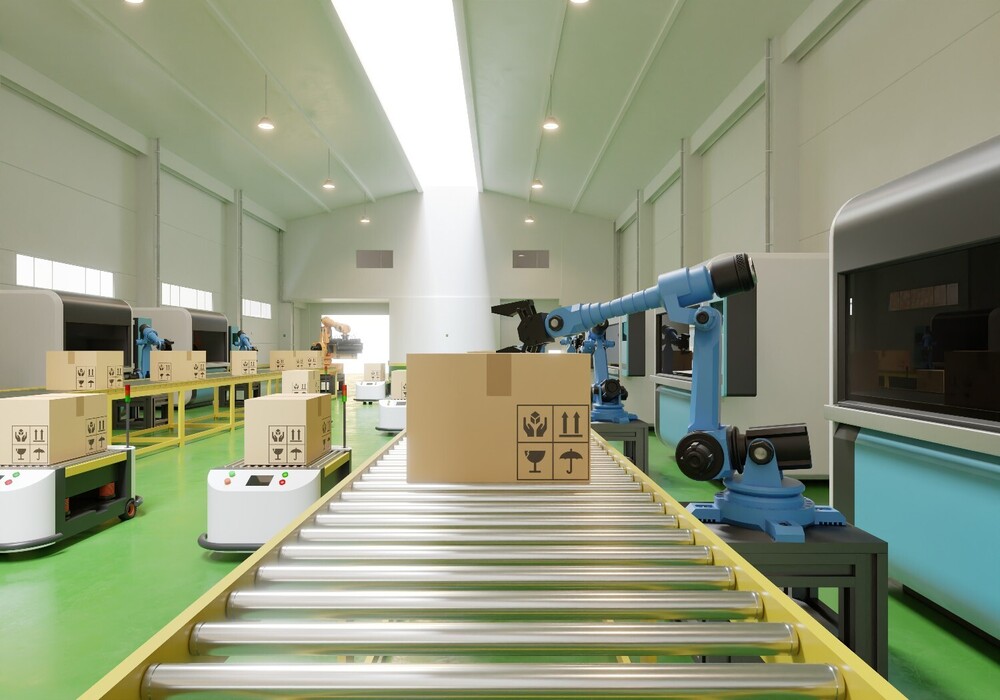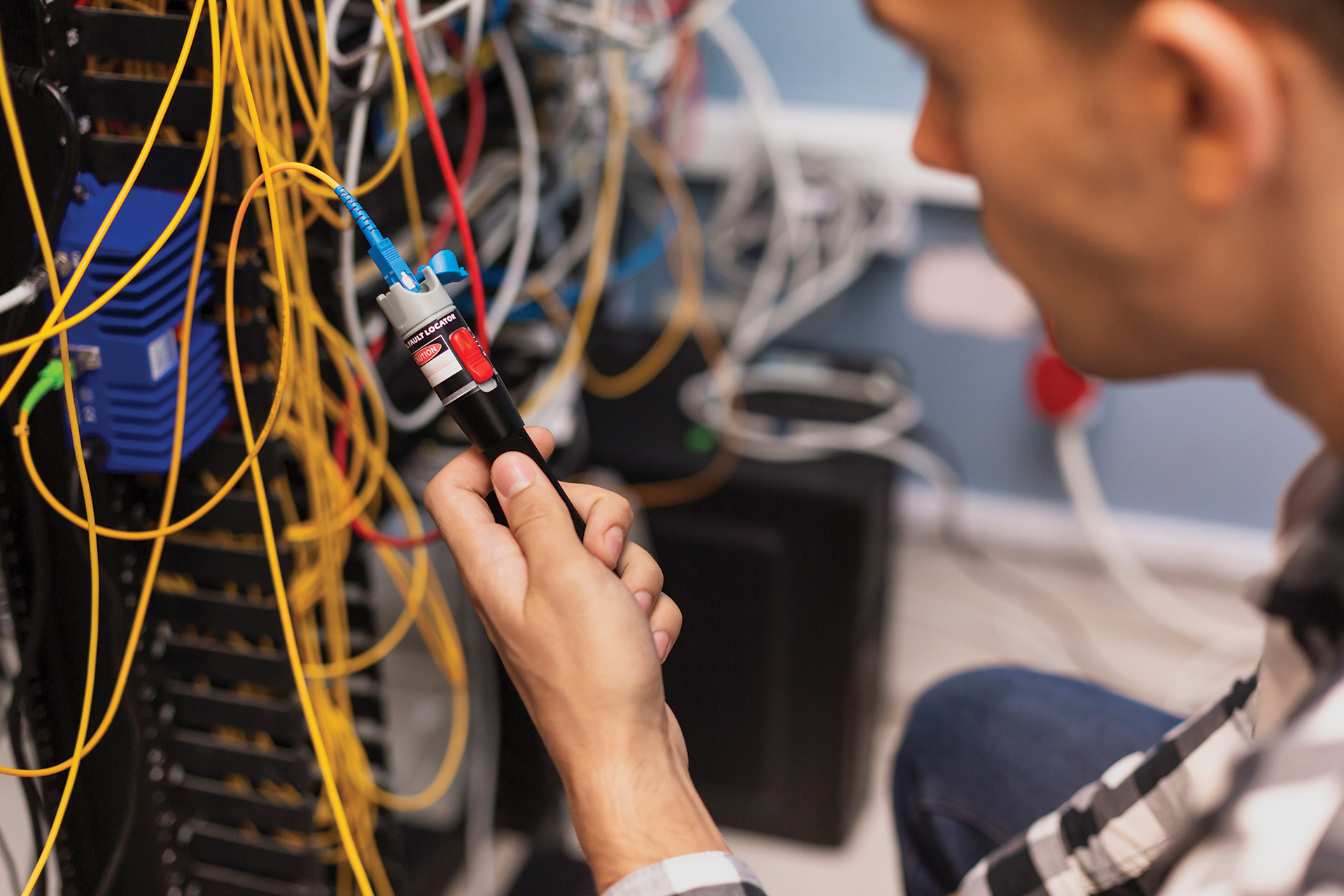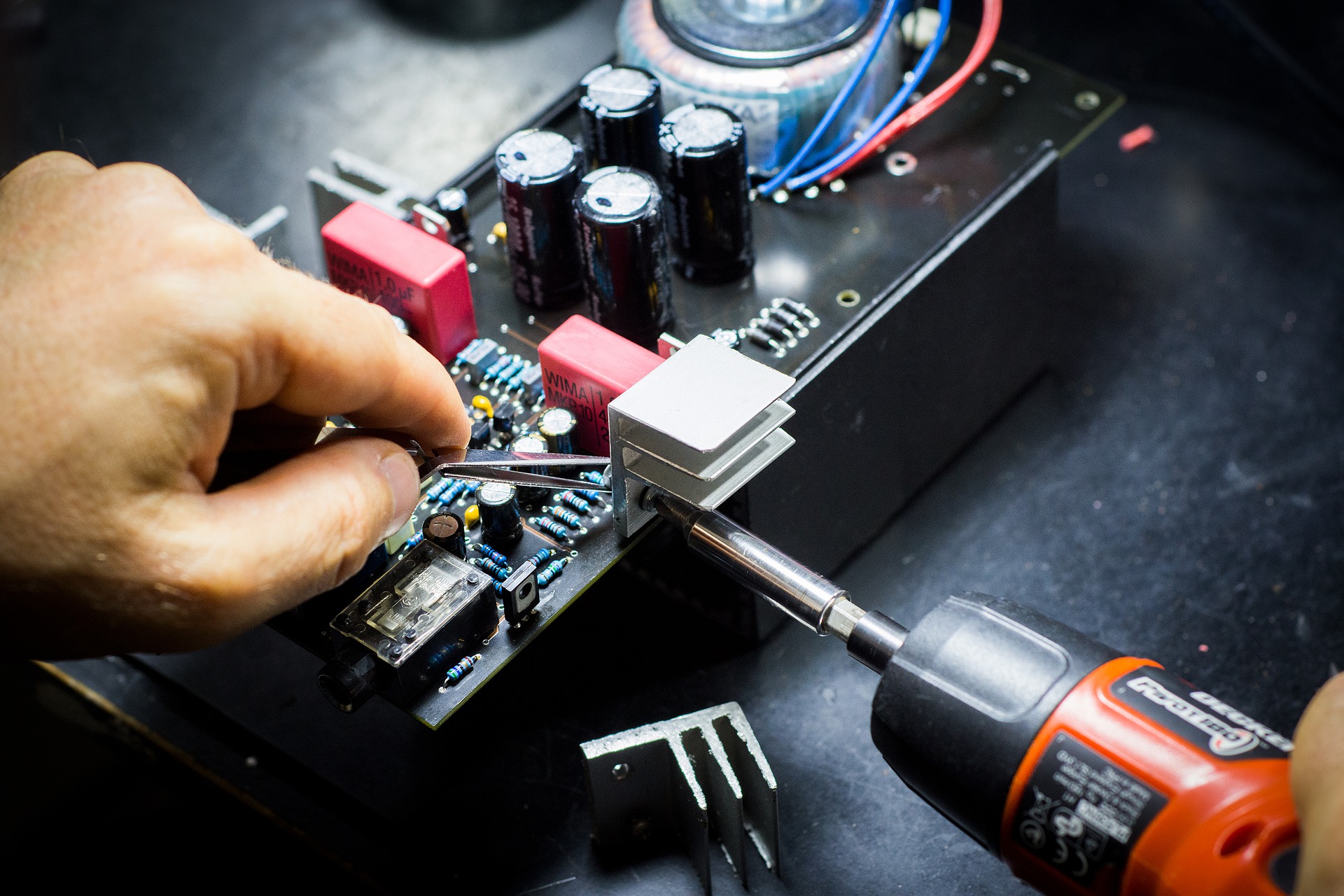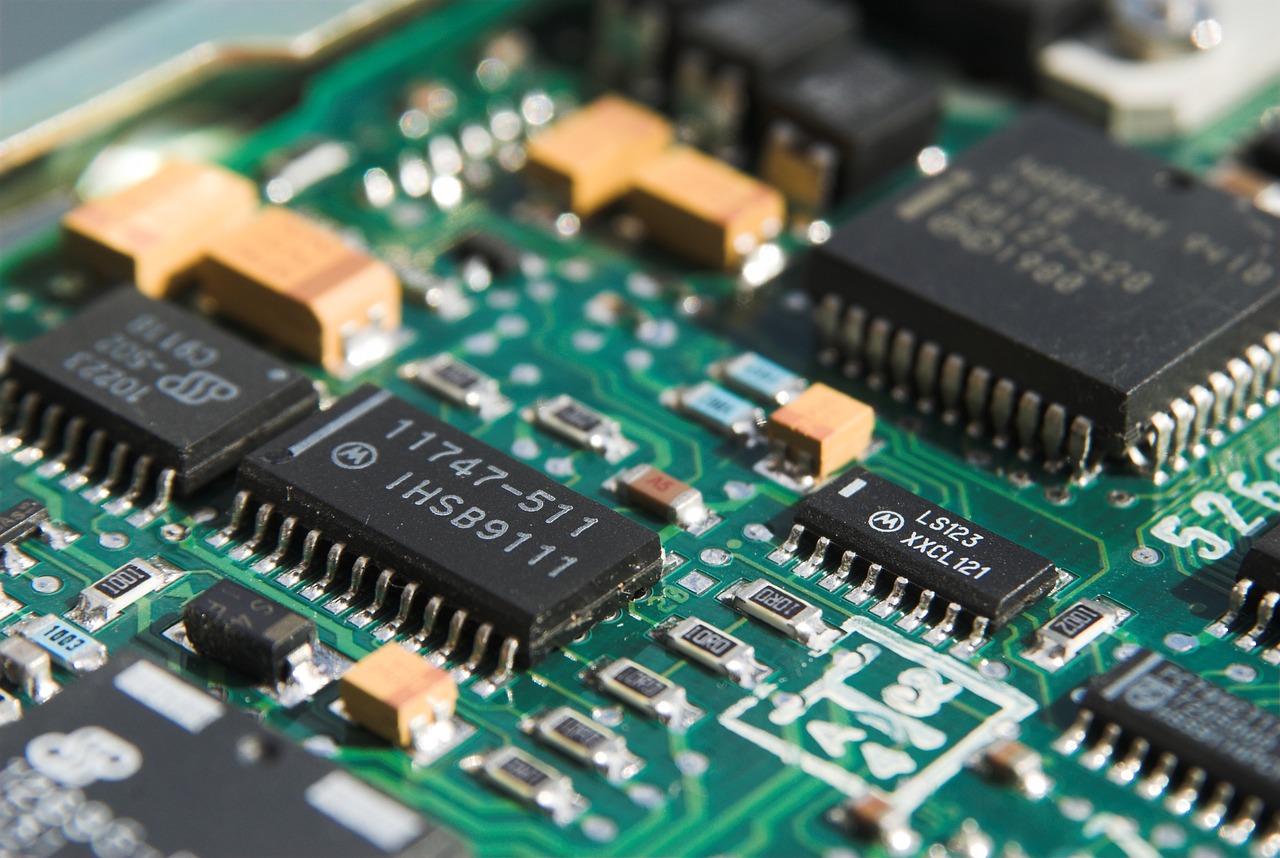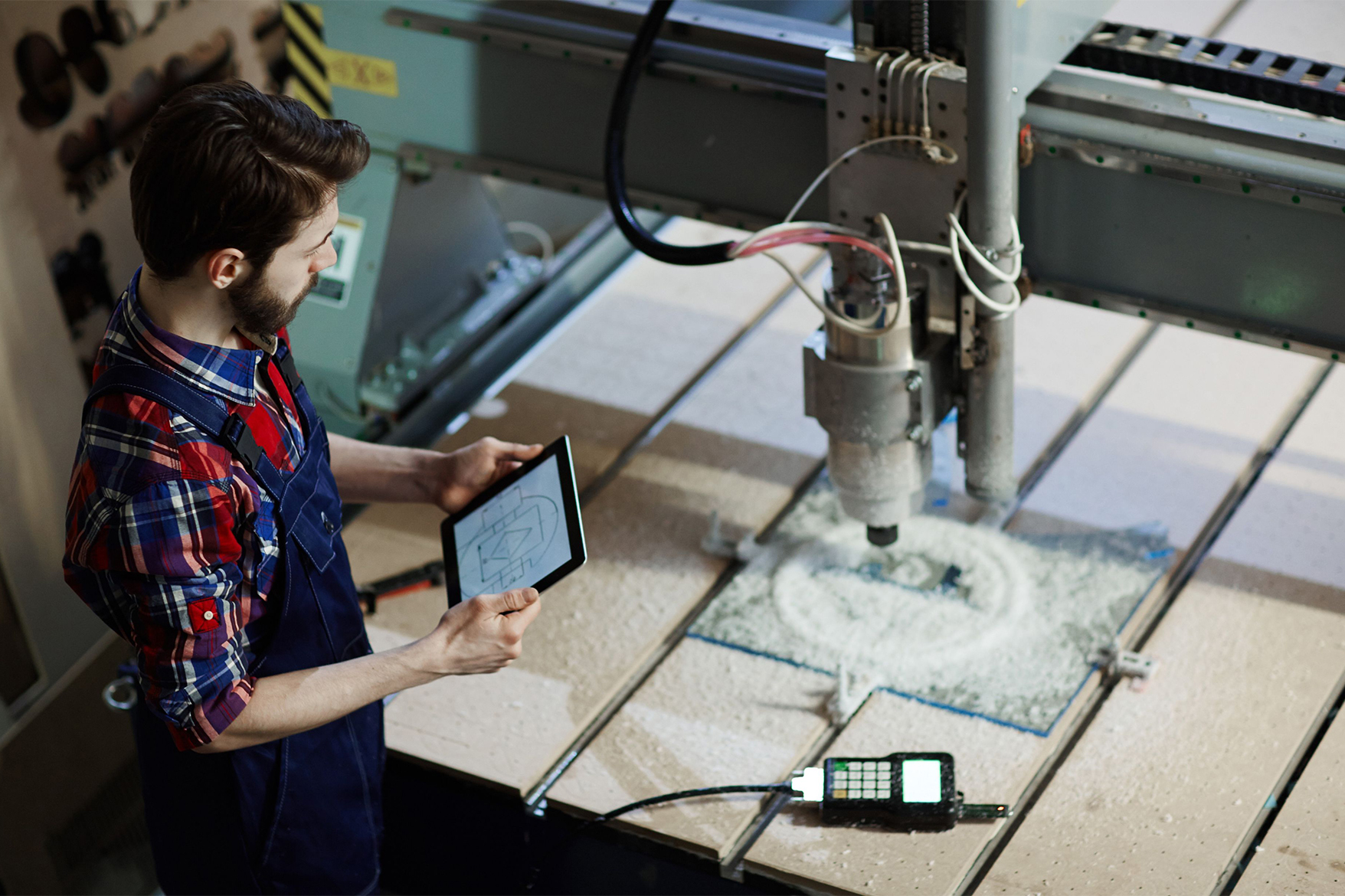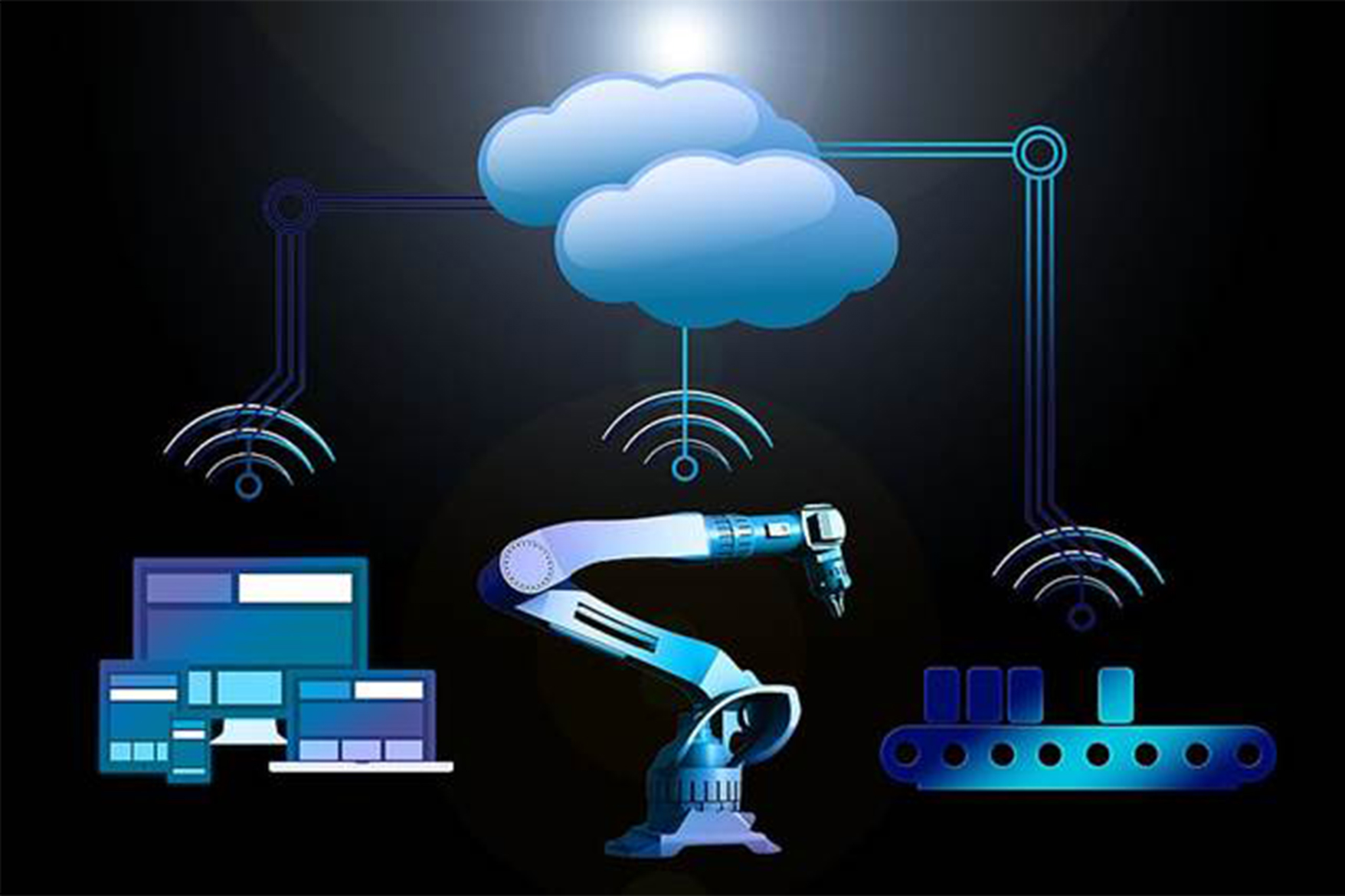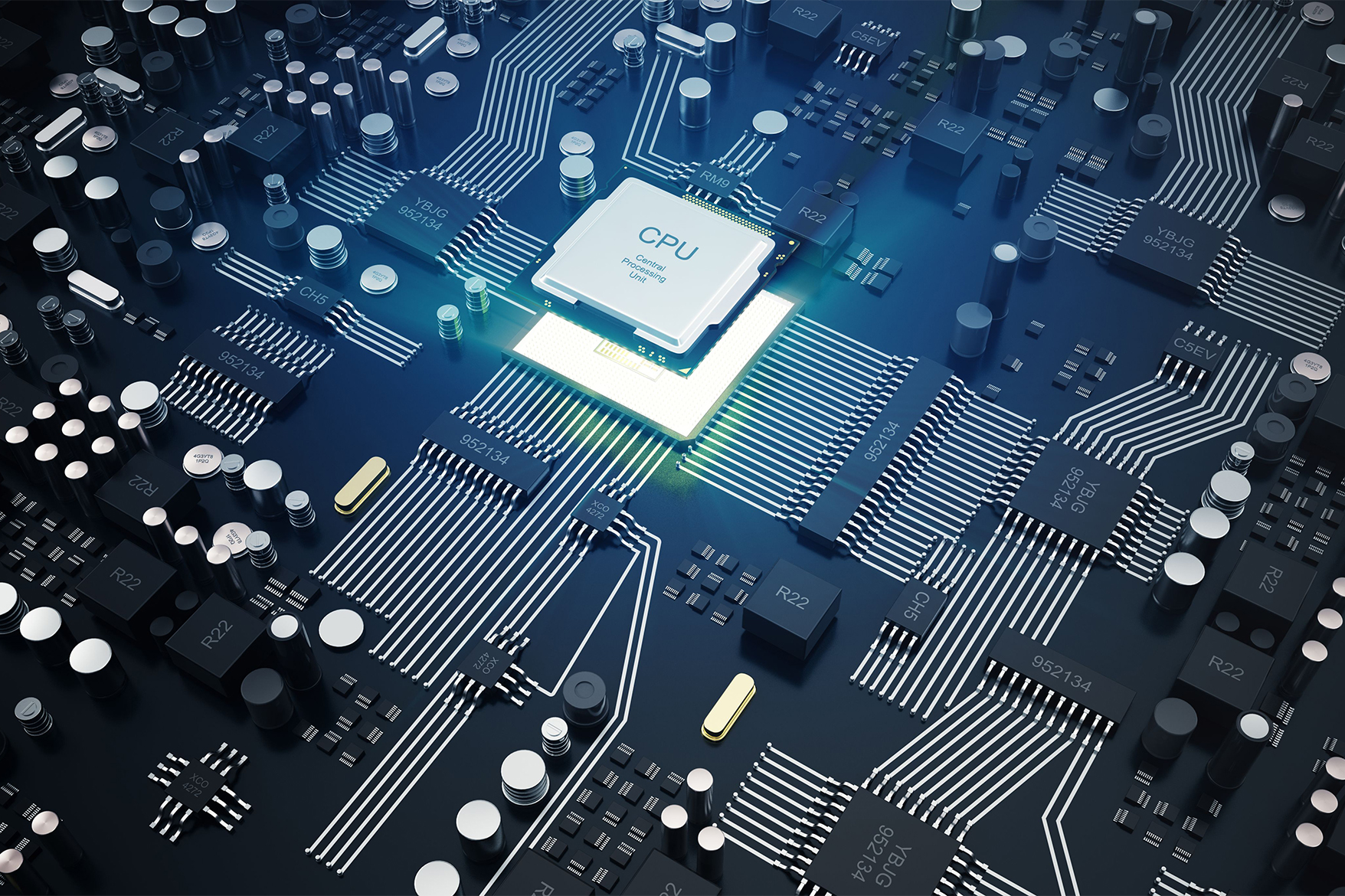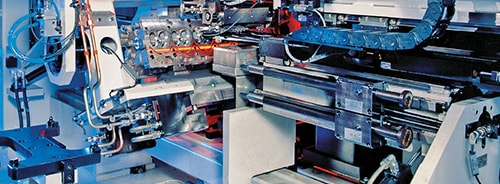An Introduction to Industrial Automation Communication Protocols
Techopedia defines industrial communication protocols as “formal descriptions of digital message formats and rules.” These protocols are integrated in hardware systems as well as software programs. The core function of communication protocols is to send and receive messages between different systems, devices, or software programs. Communication protocols are used in both analog and digital communications. In simple words, industrial communication drivers and protocols form the foundation of industrial automation.
What is communication protocol in automation?
Numerous types of communication protocols are used for different purposes. They can be used to transmit signals, synchronize devices, detect errors, and do a lot more. Industries use multiple types of communication protocols as each one is designed for a specific purpose and application. For example, Ethernet/IP protocol is a heavy-duty communication protocol with high functionality that can be used for varied applications. On the other hand, the Modbus protocol is a lightweight communication protocol that offers generic read/write access. So, the type of communication protocol used in any automated system depends on the needs and requirements of the OEM as well as the end user. An independent software vendor may choose protocols that have high security features.
Industries that want to make the most of the advanced technologies and digitize the processes require seamless connectivity and interoperability. To ensure smooth automation of the processes and end-to-end communication, it is essential for OEMs and industries to choose the right communication protocols in their products and solutions respectively. These protocols create a connected network across the four major layers, which include field layer, control layer, supervisory layer, and execution and planning layer.
Connect IIoT with Industries Using Industrial Protocols at the Edge
Different types of industrial communication protocols are used in an automated system because each serves a different business and technical purpose. An OEM may choose a particular protocol as their vendor offers them a high-functional off-the-shelf solution customized to their requirements. On the other hand, an end user may decide to work with a particular protocol because of its geographical availability or its focus on their industry requirements. There are various reasons why an independent software developer or an original equipment manufacturer chooses particular types of communication protocols.
The various types of industrial communication protocols are
- Ethernet/IP
- BACnet
- Modbus RTU
- Modbus TCP
- DeviceNet
- OPC UA
- ProfiNet
- ProfiBus
- IO-Link
- EtherCAT
- CC-Link
- CAN Open
- IEC 61131-3
- ASI-Interface
- LonWorks
Protocols can be open or proprietary. Open protocols can be used with any entity or company. They are flexible and prevent vendor lock-in. Proprietary protocols, on the other hand, are specifically designed for a particular network or system. They have custom functions and upgrades. The challenge is that you may have to pay licensing fees and work only with devices compatible with the protocol.
Communication protocols can be wired or wireless. USB, SPI, 12C, and Ethernet are a few of physical media for the wired protocol. Wi-Fi, LoRa, LTE, and BLE are a few of the wireless protocol mediums.
4 Industrial Automation Protocols Used to Connect Embedded Computers on the Factory Floor
The different types of communication protocols are:
Ethernet/IP
It is an application layer protocol that uses TCP/IP Packet for transfer of data. An Ethernet/IP adapter device transmits data to scanners while an Ethernet/IP Scanner device initiates data transfers and opens devices. This protocol is used to connect operator workstations, drive systems, and I/O devices. The biggest challenge of using this protocol is that the initial network configuration takes a lot of time. Also, the staff require intensive training to use this protocol.
BACnet
BACnet features an open architecture and uses an object-oriented approach to transmit data. This communication protocol creates a channel between building control systems and building automation systems. It is suitable for use in environments that require savings of physical resources. Its major application is in HVAC systems where it connects heating and cooling systems to deliver seamless automation and help save thousands of dollars in energy savings. The challenges of using this communication protocol is that it is extremely difficult to set up the wiring. And if there are any problems, then the wiring needs to be physically checked each time.
Modbus RTU and Modbus TCP/IP
Modbus RTU featuring a Master/Slave architecture is widely used for its reliable performance and ease of use. This open serial protocol transmits simple 16-bit structure with Cyclic-Redundant Checksum messages. It is easy to integrate this protocol in compatible equipments, as OPC Servers, data acquisition software programs, SCADA, HMI, and other software programs support it. One of the challenges of using Modbus RTU is that developing and training new models can be a little difficult. Modbus TCP/IP is a vendor-neutral communication protocol that can be used both in intranet and internet environments. The data transactions of this communication protocol are stateless, so they are less likely to be disrupted or broken. It can be used in event logging, high performance, and time crucial applications.
PROFINET IO
This open Ethernet standard automation protocol uses cyclic data transfer to exchange data with programmable controllers. It is used in time-crucial operations as it delivers messages at high speeds. In addition, it is also easy to install and use as this communication protocol has a short startup and minimum commissioning time. A biggest challenge of using this protocol is that it can be difficult to port this to an embedded RTOS.
Why We Should Opt for Industry Standard Protocols
Interoperability
Industry standard protocols and industrial communication drivers can be customized for use with off-the-shelf devices as well as multi-vendor solutions to deliver flexible applications.
Quality Assurance
Using standardized protocols ensures that the products are used for the intended applications and purposes. Protocols that meet international standards help ensure reliable and high-quality services.
Scalability
Standardized communication protocols allow you to scale your operations across the globe without major changes in the infrastructure. It is a long-term investment with reliable results.
Utthunga is an industry leader in delivering automation solutions that are customized to the needs and requirements of the industry. Our team of experienced professionals develop hardware and software solutions to build an effective IIoT network. We also provide implementation solutions for EtherNet/IP, Modbus RTU/TCP/ASCII, MTConnect, EtherCAT, IO-Link, HART and several other protocols.
To know more about communication protocols that offer the best fit solution for your industry requirements and to build an automated system, contact Utthunga.

